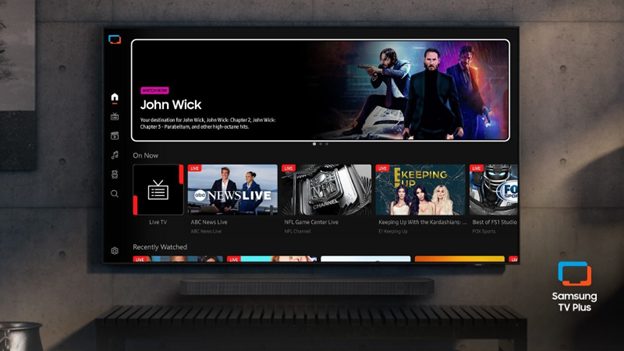TV Manufacturers Explore New Designs
Now that the rush to digital broadcasting is over and the public has embraced flat screen and high-definition television receivers, set manufacturers are looking for new design elements and feature sets to make their products stand out in the marketplace. Chief among these are lowered power consumption, higher field/frame rates, and even 3D capability.
"The dilemma facing TV set manufacturers is whether to rush in with cheap solutions," said Paul Gray, director of TV Electronics Research at DisplaySearch, a display market research and consulting firm. "If they skimp on processing and displays, performance will be disappointing and consumers will lose interest. While everyone is looking for a solution for the industry’s mediocre margins, technology alone cannot solve the economics, and it is important to take the time to develop the 3D proposition thoroughly."
According to DisplaySearch, some 1.2 million 3D sets are expected to be produced in 2010 and this number should grow to 15.6 million by 2013.
Digital TV receiver power consumption is also becoming a big issue, especially in California, which has placed limits on the amount of electricity that sets sold in that state after 2010 can consume. DisplaySearch says that this objective is reasonable and doable, citing standby power consumption figures for many North American sets that are much higher than for those sold in Japan or Europe.
"In North America a substantial number of sets were found with standby power consumption levels over 1.0 Watts," Gray said. "Other regions show that it is possible to reduce such waste, while saving the consumer money."
(DisplaySearch shows idling power drawn by Japanese sets is typically less than 0.3 Watts and European TVs consumed about 0.5 Watts while in standby.)
Other DTV innovations flagged by DisplaySearch include higher field/frame rates in newer sets due to developments in signal processing ICs, the widespread use of LED backlighting in LCD displays, better audio and enhanced connectivity to both wired and wireless home networks.
The professional video industry's #1 source for news, trends and product and tech information. Sign up below.
